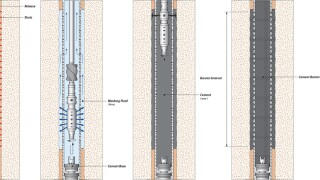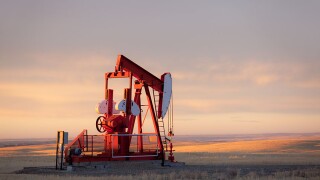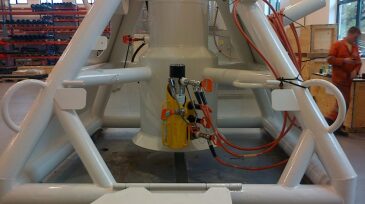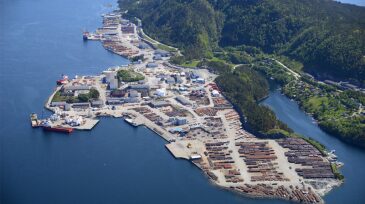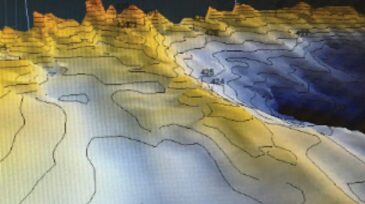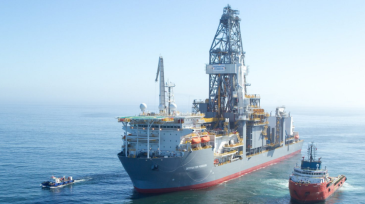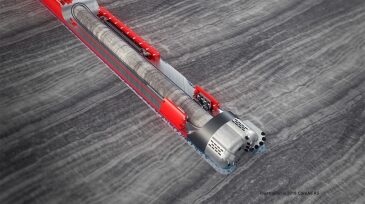Drilling
Oil and gas companies drilled 75 “high-impact” wells in 2024, representing 5.2 billion BOE.
This paper presents a comprehensive literature review of perforate, wash, and cement techniques that compares new methods with traditional ones and uses field cases and computational fluid dynamics to find the most cost- and time-effective practices without sacrificing safety.
The authors of this paper describe a method of stimulating a multizone hydrocarbon-producing well wherein a tool is deployed downhole by wireline to generate acid vapor at a target depth, allowing each interval to be treated uniquely.
-
Digital Planning and Modeling Enhances Performance of Whipstock Sidetracking System in Complex WellsCombined with advances in whipstock and milling technologies, digital technologies are enabling operators to plan and conduct sidetracking operations with improved flexibility, precision, and efficiency.
-
Already poised to produce more than 500,000 B/D offshore Guyana, ExxonMobil added yet another discovery to its bounty in the emerging regional oil powerhouse, meaning a fourth development phase could be in order.
-
Acquiring data from an abandoned subsea well has been done before, but never quite like this.
-
The $10 million/year contract covers the inspection and mobilization of casing and tubing at two Norwegian sites and includes extenstion options in 2020 and 2022.
-
Plug-and-abandonment (P&A) operations can be expensive, leading to negative net present value. Historically, P&A operations in the North Sea—estimated to hold some 3,000 wells of declining production—were performed with either drilling or workover rigs.
-
The complete paper describes a recent directional coiled-tubing drilling (DCTD) job completed for an independent operator in the Appalachian Basin.
-
Shell made its sixth discovery from the Norphlet formation in the deepwater Gulf of Mexico, where the firm’s newly arrived Appomattox platform just 13 miles away presents a tieback opportunity.
-
UK’s active 30th Licensing Round resulted in the award of 123 licenses to a diverse set of 61 companies—an outcome that UK government officials hailed as more proof that interest is picking up in the aging North Sea.
-
CoreAll's Intelligent Coring System uses a suite of sensors to analyze reservoir cores samples as they are being acquired, and a communication system that sends these data to the rig in real-time.
-
Coring is essential to offshore exploration programs—but sometimes cores are taken from the wrong formation or return to surface in poor condition. One firm thinks it can solve these costly issues with a first-of-a-kind coring device that uses logging instruments that add accuracy and integrity.


